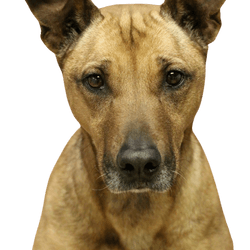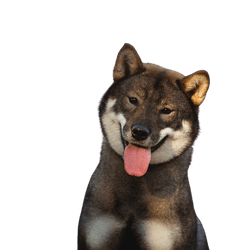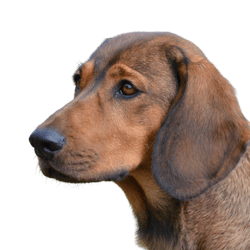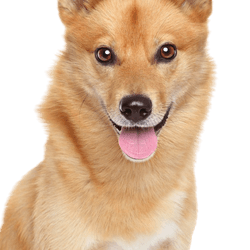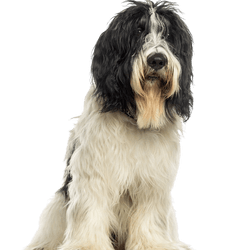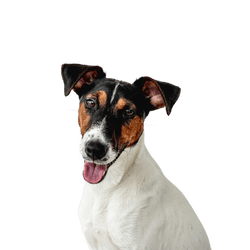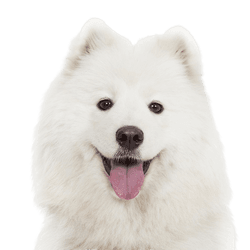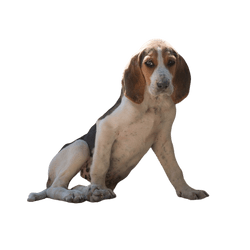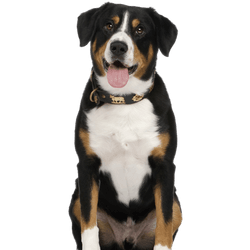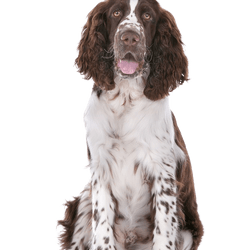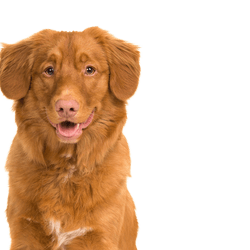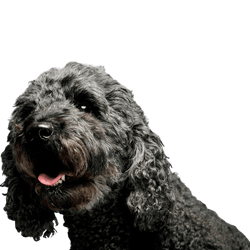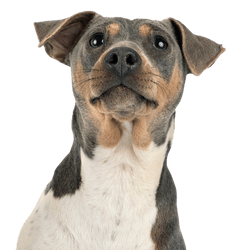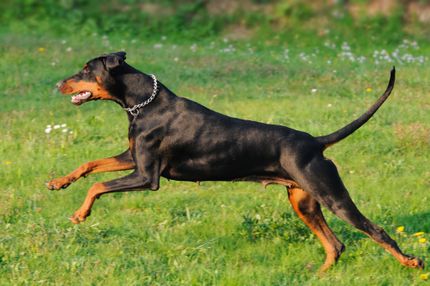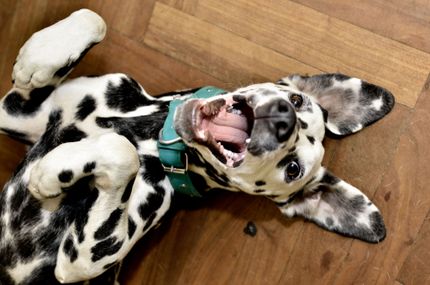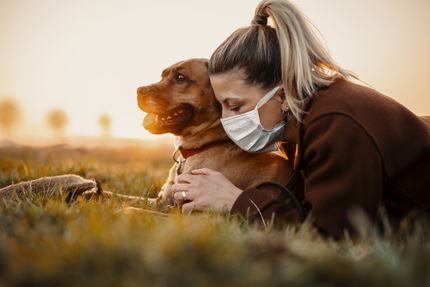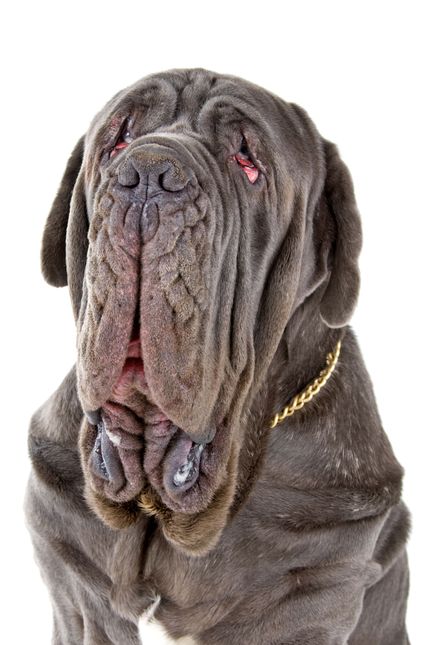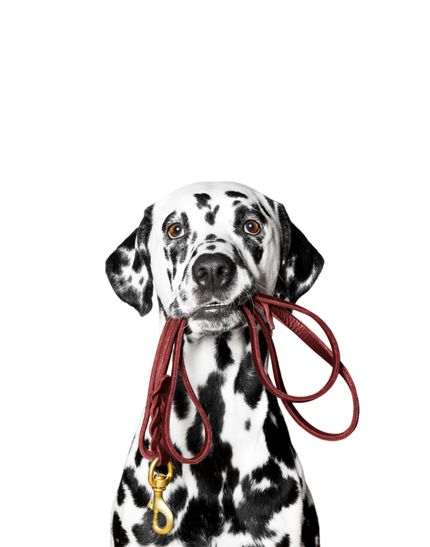
Beagle Breed description: Character & Co
Beagle
Facts & Origin
Origin of the Beagle
The history of the Beagle is said to date back to the 5th century BC. The name Beagle was first recorded around the year 1475. In 1890 the British Kennel Club officially recognised the breed as such.
At the English royal court Beagles were kept in large packs. As cattle dogs they were especially popular for the use of hunting rabbits.
Today's Beagle reaches a height of around 33 to 40 centimetres. In former times the animals were smaller, so they could fit into the saddlebags. Aggressive dogs could not be used for pack hunting.
Today there are hardly any Beagle packs left. However, these dogs have a lot of stamina and are therefore still used for hunting. Their indication of prey reliably shows the hunter the way. Most Beagles are kept as pets nowadays.
Breed characteristics of the Beagle
Beagles are of a happy nature, sociable and bright. They belong to the FCI group 6 http://www.fci.be/de/nomenclature/BEAGLE-161.html. This includes running dogs, blood hounds and related breeds.
As hunting and tracking dogs, Beagles love to sniff and explore. They can do amazing things with their sense of smell. Their exceptional nose enables the dogs of the so-called Beagle Brigades to sniff out illegally imported products in the USA.
Beagles are sociable pack dogs. It is relatively difficult for them to be left home alone. You have to practice this with them patiently. Your Beagle also needs a lot of exercise and stimulation. They enjoy contact with other dogs and playing around with them.
Beagles were bred to act and decide independently when hunting. Therefore they often appear stubborn. They like to question the commands of their owners. But consistent education and patience will lead to success. The stubbornness of the Beagle makes training them difficult.
The Beagle is good-natured, loving and forgiving towards people and especially towards children.

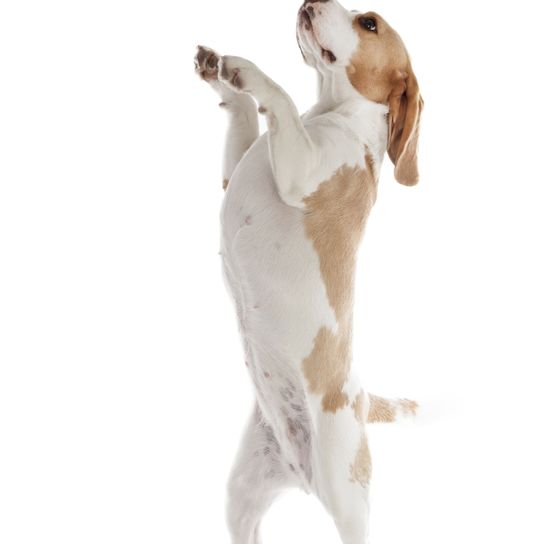
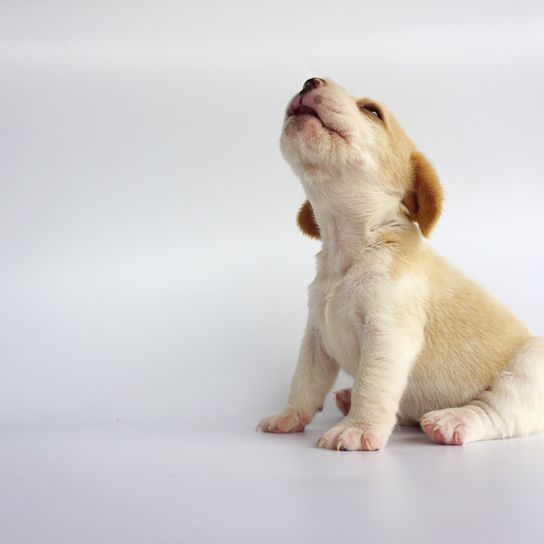
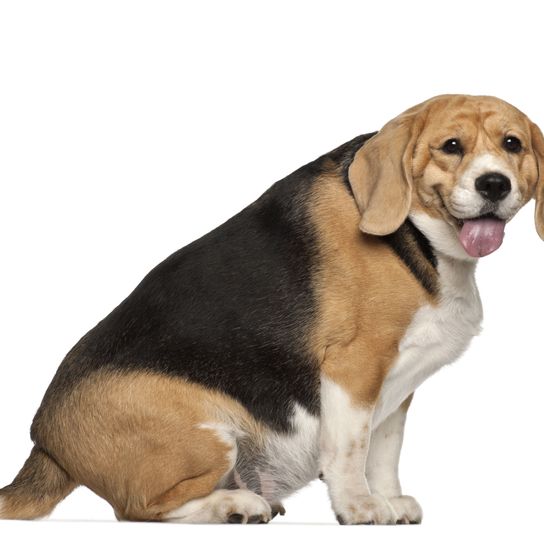
| Alternate Name | - |
| Origin | UK |
| Life expectancy | 10 - 15 years |
| Care requirements | low-maintenance |
| Activity level | average |
| FCI group | Scent hounds |
| AKC group | not recognised |
| KC group | not recognised |
Beagle mixes
Attitude, character and temperament of the breed
Typical character traits of the Beagle
The Beagle is friendly towards humans and animals. Especially as a young dog they have a lot of energy. In training you need to act patient and consistent with them. Expect setbacks, especially during puberty. Your Beagle will always question whether the established commands are still valid.
Due to its past as a pack hunting dog, the Beagle is very greedy. Because in a pack, only fast eaters will end up with enough food. Make sure that your dog does not get overweight. This is an important basis for a healthy and long-lasting dog life.
The attentive Beagle reports unknown noises or people by loudly barking as an indication of danger to to their pack. However, they are not suitable as a watchdog because of their friendly nature.
Character
Usage
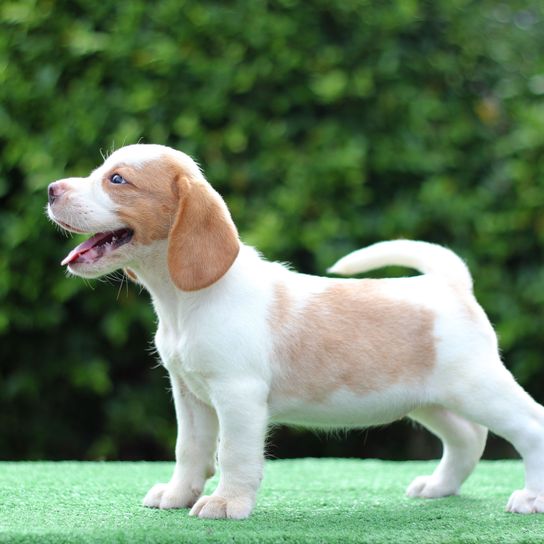
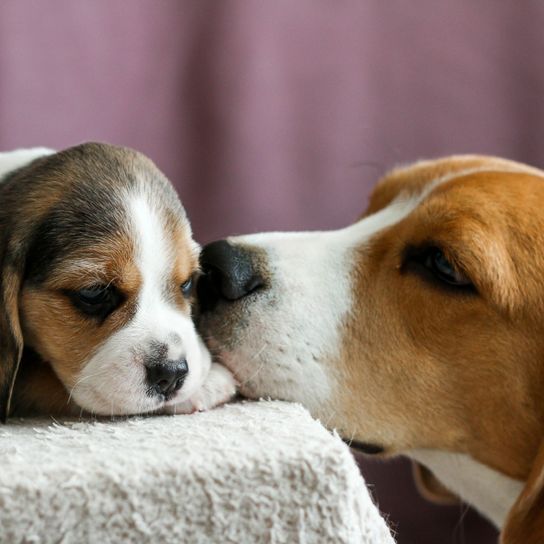
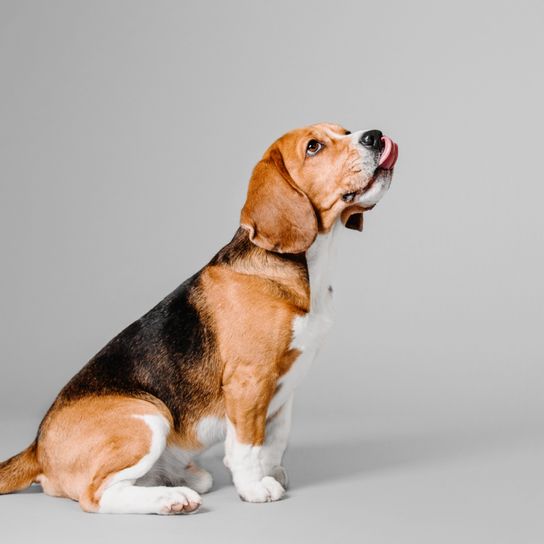


Health and breeding information
Typical diseases of the Beagle
Beagles are robust dogs. Nevertheless, there are diseases that are more likely to occur. These include:
- ear infections due to the creation of warmth within their floppy ears
- overweight due to too much food and too little exercise
- disc and joint diseases
- eye diseases
- epilepsy
- the thyroid disease hypothyroidism
- 'swimmers tail'
- reverse sneeze
Always keep a good eye on your dog, this way you will be able to catch diseases early and have them treated quickly.
What should be considered with Beagle breeding?
A good breeder is careful to use only Beagles for breeding that are healthy and free of hereditary diseases. Also the character of the parents should be problem-free. Puppies must be vaccinated and dewormed according to their age.
Beagles from responsible breeders learn good social behaviour and get accustomed to different environmental stimuli within the first weeks of their life. As a result, they are already familiar with different surfaces, children and vacuum cleaner noise when the puppies arrive in their new owner's home.
A healthy, well-socialised Beagle with all necessary documents provided by a registered breeder costs around 1,200 to 1,500 Euros. Adopting a dog from a shelter or rescuing a laboratory Beagle is much cheaper. However, these animals often have an unpleasant backstory. Therefore, you should be familiar with dogs if you want to buy a Beagle that was taken out of these conditions.


Appearance and coat of the Beagle
Beagles are strong and persistent dogs with a compact body, they reach a maximum of 40 centimeters in shoulder height and have long floppy ears. Their short, dense and rough coat is easy to groom. Occasional brushing as well as a bath every now and then are sufficient for their hair care. However, some Beagles can shed a lot of hair.
The tail is carried cheerfully upright. Its tip must be white. The brown eyes with their gentle expression are also important.
A tri-coloured Beagle has black, brown and white fur-parts. The colouring of classic tri-colour puppies can still change within the first few months of their life. So some black fur areas can become brown with time. In some animals the colour nuances can change throughout their life.
Bi-coloured Beagles are white at birth with cream-coloured markings. The areas of their coat that are cream-coloured areas become darker while the dog is still growing. Bi-coloured Beagles come have the colour variations lemon, tan and red, i.e. lemon, light brown and red.
What is the average size of a Beagle?
Beagles are small to medium-sized dogs. The size is measured from the ground to the withers, i.e. the raised transition between the neck and the back. Males grow to 36 to 40 centimetres. Females reach about 33 to 38 centimetres, so they remain somewhat smaller.
How much does a Beagle weigh?
The weight of a Beagle depends on
- the size,
- the type of the dog and
- how they are fed.
They weigh between 10 and 18 kilograms.
Beagles are very greedy and tend to beg for food. You must learn to resist the trusting Beagle look for the animal's own good. With a balanced diet and plenty of exercise, your dog will stay healthy and fit for a long time.
What is the average lifespan of a Beagle?
The life expectancy of a Beagle is 12 to 15 years. Make sure you keep their diet healthy and do not overfeed your dog. They can be fed dry food, wet food or raw food.
| Fur length | short |
| Fur | flat coated |
| Ear shape | Floppy Ear |
| Tail | lang |
| Anatomy | massive, strong, square |
| Size ♀ | 33 - 38 cm |
| Weight ♀ | 9 - 10 kg |
| Size ♂ | 36 - 41 cm |
| Weight ♂ | 10 - 11 kg |
| Suitable For | - |
Colors






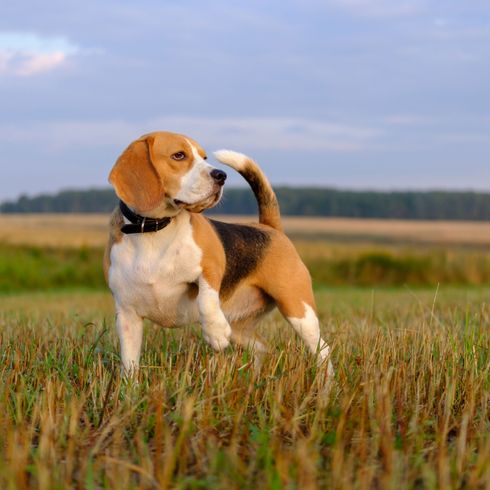


Known Diseases
Eye diseases
Often occur with allergies and intolerances.
Disc problems
Herniated disc in dogs (discopathy). Herniated discs or dachshund paralysis cause dogs severe pain.
Epilepsy
Definition: Dog has epilepsy if, for example, at least two epileptic seizures occur more than 24 hours apart.
Hypothyroidism
Most often, dogs get sick in middle age. Causes of hypothyroidism. Several causes of hypothyroidism are known.
Overweight
Often, unfortunately, the dogs very much under excess weight. But the dogs themselves are never to blame!
FAQ
-
A Beagle from a recognized, serious breeding rarely costs less than 2000 Euro.
-
Beagles are family dogs and therefore also suitable for children. In principle, however, beagles are hunting dogs and should also be well exercised and mentally. Children should not see the little dog as a toy, but as a family member and respect.
-
No. A Beagle is not a particularly suitable beginner dog breed, however, with a lot of training and prior knowledge, you can also keep a Beagle as a first dog.
-
No. Clearly beagles are not violent or aggressive dogs!
Sources and relevant links
Horst Hegewald-Kawich (2015). Hunderassen von A bis Z: Über 200 beliebte Rassen aus aller Welt. Gräfe und Unzer Verlag.
Gabriele Lehari (2004). Ulmers Großes Lexikon der Hunderassen. Ulmer.
Hundeo.com
Accessed on 16.01.2023
Roland Berger (2022). Beagle. BoD – Books on Demand.
Offizielle Seite des FCI
Accessed on 16.01.2023
Embark
Accessed on 24.01.2023
Other medium dogs
Useful Articles

You can find articles that might interest you in the dogbible blog to match your favorite breed.
Visit our magazineto stay up to date on dog trends.
To find out more, view our Privacy Policy
Find here the breed that suits you and find out what character traits it has. Here you can also learn more about the origin, size and weight of your favorite breeds.
Matching your favorite breed, you'll find articles that might interest you on the dogbible dog blog.
Dog shoes? Do dogs really need shoes? 3 tips!
Skiing with a dog - unforgettable moments in the snow





